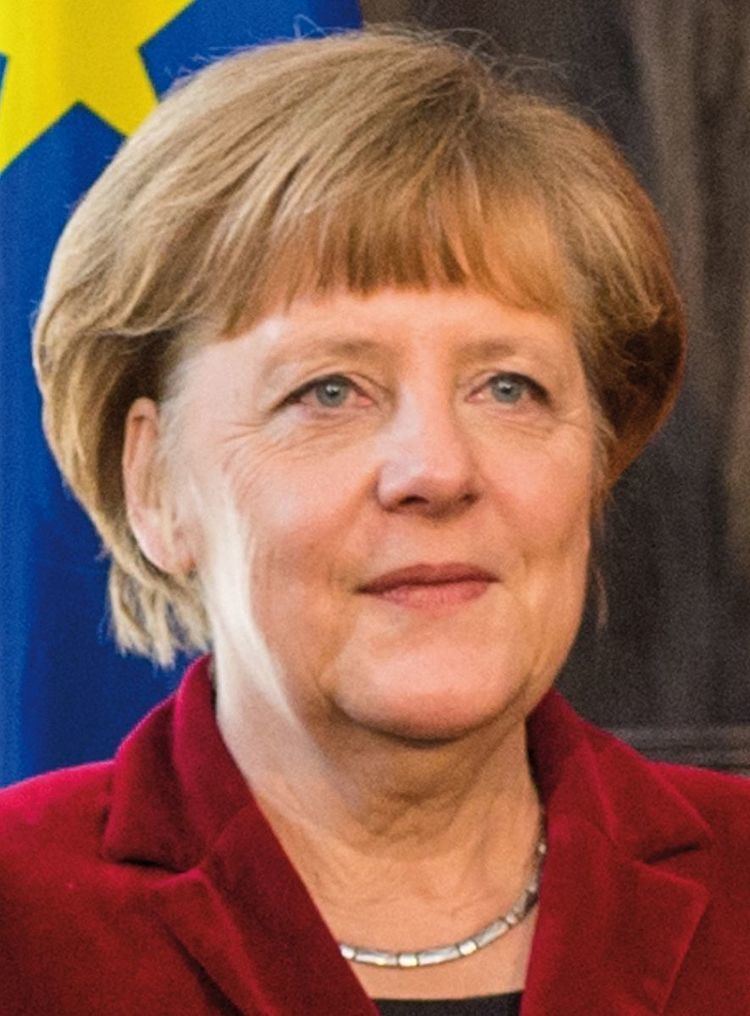10 April 2000 – 193 seats, 25.7% 64 seats, 8.6% 63 seats, 8.4% 0 seats, 4.8% | 311 seats, 41.5% 193 seats, 25.7% 7 December 2013 14 April 2013 0 seats, 4.8% 0 seats, 4.7% | |
 | ||
The next German federal elections will elect the members of the Bundestag, the federal parliament of Germany, on 24 September 2017.
Contents
Background
At the previous federal election, in 2013, the incumbent government—composed of the Christian Democratic Union (CDU), the Christian Social Union (CSU, the CDU's Bavarian sister party), and the Free Democratic Party (FDP)—failed to achieve a majority of seats. The FDP failed to get over 5% of the vote, denying the party seats in the Bundestag for the first time in their history. In contrast, the CDU/CSU obtained their best result since 1990, with nearly 42% of the vote and just short of 50% of the seats. The CDU/CSU successfully negotiated with the Social Democrats (SPD) to form a grand coalition for the third time.
Date
German law requires that the Bundestag election shall take place on a Sunday between 46–48 months after the assembly's first sitting. Since the 18th Bundestag first sat on 22 October 2013, the latest date for the next election would have been 22 October 2017 and the earliest date 27 August 2017, the first Sunday after 22 August 2017. By convention, recent elections have been held in late September, avoiding the school holidays. Elections can be held earlier under certain conditions, such as the government losing a confidence motion.
In January 2017, the election was scheduled for 24 September 2017.
Electoral system
The Bundestag has 598 nominal members, elected for a four-year term. Half, 299 members, are elected in single-member constituencies by first-past-the-post voting, while a further 299 members are allocated from party lists to achieve a proportional distribution in the legislature, conducted according to a form of proportional representation called the Mixed member proportional representation system (MMP). Voters vote once for a constituency representative, and a second time for a party, and the lists are used to make the party balances match the distribution of second votes. Seats are allocated using the Sainte-Laguë method. If a party receives more seats than its vote share entitles it to (overhang seats), additional "compensatory" seats are added to the total of 299 to give other parties a proportional number of seats.
Voters have two votes, one for the candidate in the single-member constituency and one for the party list in the multi-member constituency.
Parties and leaders
The major parties participating in the election are:
The polls are from September 2013 (the last federal election) up to the current date. Each colored line specifies a political party.
